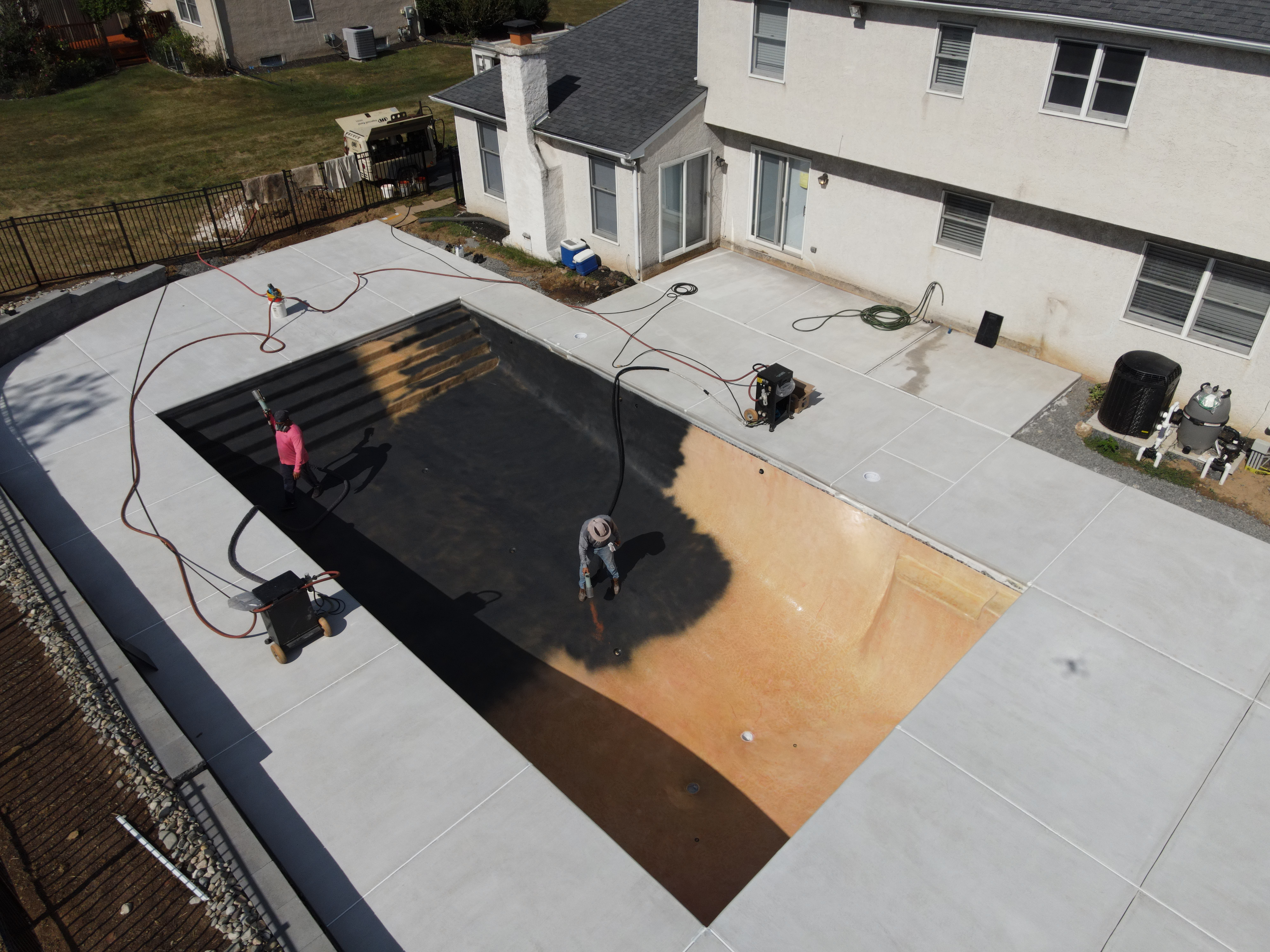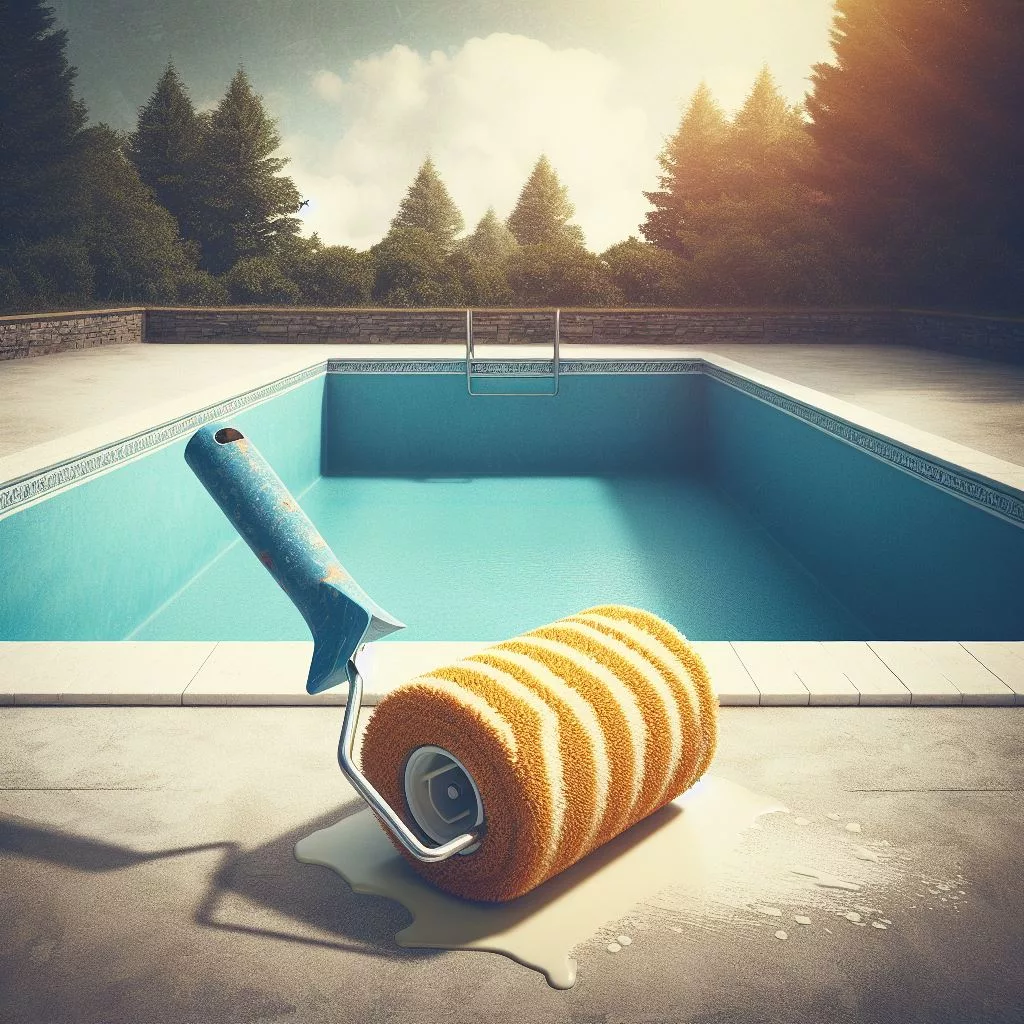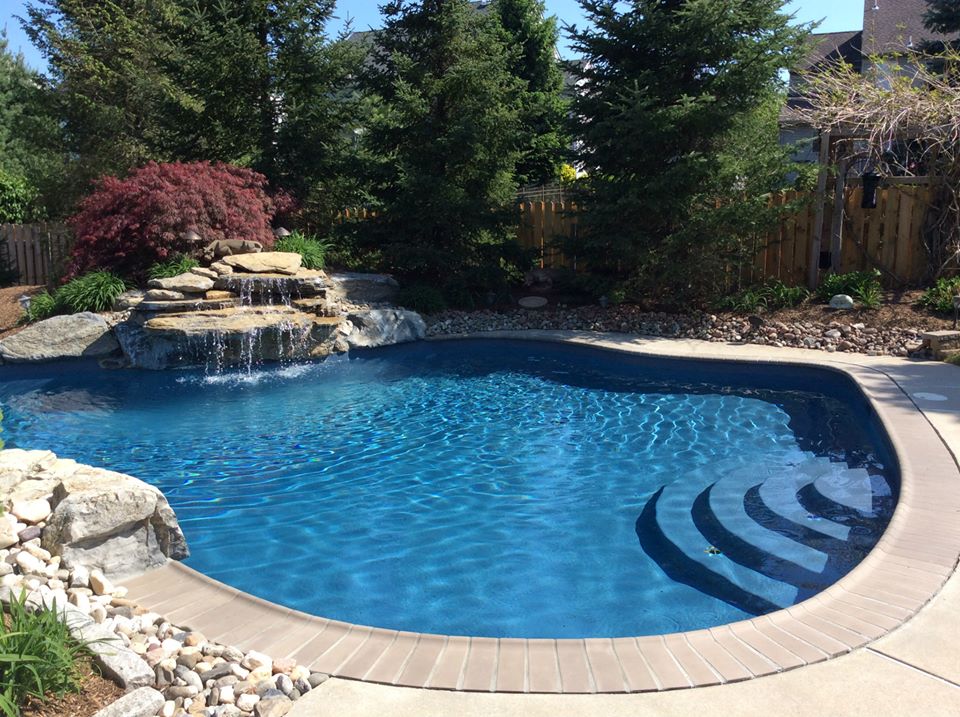Inground Pool Paint: Assessing Durability and Application

Are you a proud owner of an inground pool, and you’re considering giving it a fresh, vibrant look? Inground pool paint can be a fantastic solution to enhance the aesthetics of your pool area. However, before you embark on this project, it’s crucial to understand the durability and application of inground pool paint to ensure a successful and long-lasting result. In this comprehensive guide, we’ll explore the essentials of inground pool paint, from its lifespan to proper application techniques and maintenance tips.
How Long Does Inground Pool Paint Last?
The durability of inground pool paint is a key consideration for any pool owner. The longevity of your pool’s new finish will depend on various factors, including the type of paint used and the quality of the application. On average, inground pool paint can last anywhere from 2 to 7 years. However, the actual lifespan may vary based on factors such as climate, water chemistry, and pool usage.
It’s important to choose high-quality pool paint that is designed to withstand the harsh pool environment. Acrylic and epoxy pool paints are popular choices known for their durability. Additionally, proper preparation of the pool surface and meticulous application can significantly extend the life of the paint.
Proper Application of Inground Pool Paint
Now, let’s delve into the heart of the matter – the proper application of inground pool paint. Achieving a professional and long-lasting finish requires attention to detail and a systematic approach. Here are the essential steps:
1. Surface Preparation
Before you start painting, it’s crucial to prepare the pool surface thoroughly. This includes:
Cleaning:
Remove all debris, algae, and contaminants from the pool walls and floor. Use a pool brush and a suitable cleaner.
Etching:
Etch the surface to create a rough texture, which helps the paint adhere better. You can use muriatic acid for this step.
Repair:
Patch any cracks or imperfections with a suitable pool patching compound.
2. Choosing the Right Paint
Select the appropriate type of inground pool paint based on your needs. Acrylic paint is great for its versatility and ease of use, while epoxy paint is known for its exceptional durability.
3. Applying the Paint
Follow the manufacturer’s instructions carefully. Typically, you’ll need to apply multiple coats of paint, allowing sufficient drying time between each layer. Use a high-quality roller or brush for an even application.
4. Curing
After painting, it’s essential to allow the paint to cure for the recommended time. This step ensures that the paint bonds properly with the surface.

Maintaining and Extending the Life of Inground Pool Paint
To ensure the longevity of your inground pool paint, regular maintenance is essential. This includes regularly brushing and vacuuming your pool to remove debris and prevent algae growth, as well as maintaining proper water chemistry by regularly testing and adjusting pool chemicals. Consider covering your pool when not in use to minimize exposure to UV rays and chemicals.
Be sure to avoid abrasive cleaning tools and harsh chemicals that can damage the paint. When you are using tools or equipment, it’s important to have caution, as dragging or dropping items can chip or damage the paint.
Periodically inspect the paint for signs of wear and tear and address any issues promptly. Consider periodic touch-ups or repainting as needed to maintain the pool’s appearance. You can make this easier on yourself by keeping a record of the paint type and application date for future reference. Consult with pool professionals or manufacturers for specific care and maintenance recommendations.
FAQ
How often should I repaint my inground pool?
The frequency of repainting your pool depends on factors like the type of paint, usage, and climate. On average, you can expect to repaint every 2 to 7 years.
Can I paint over existing pool paint?
Yes, it’s possible to repaint over existing paint, but proper surface preparation and compatibility with the new paint type are essential.
What is the difference between epoxy and acrylic pool paint?
Epoxy paint offers superior durability and chemical resistance, while acrylic paint is easier to apply and suitable for DIY projects. Your choice depends on your specific needs.
Are there other pool finish options for inground pools?
Yes, consider using aquaBRIGHT™ or polyFIBRO® from ecoFINISH®. They provide significantly more durability than pool paint, provide better protection, and have a variety of aesthetically pleasing colors to choose from.

Conclusion
Whether you’re a DIY enthusiast or planning to hire a professional, this comprehensive guide provides the knowledge you need to make informed decisions regarding inground pool paint, helping you ensure the long-lasting beauty of your pool. Transform your pool and make it shine with our expert tips!
